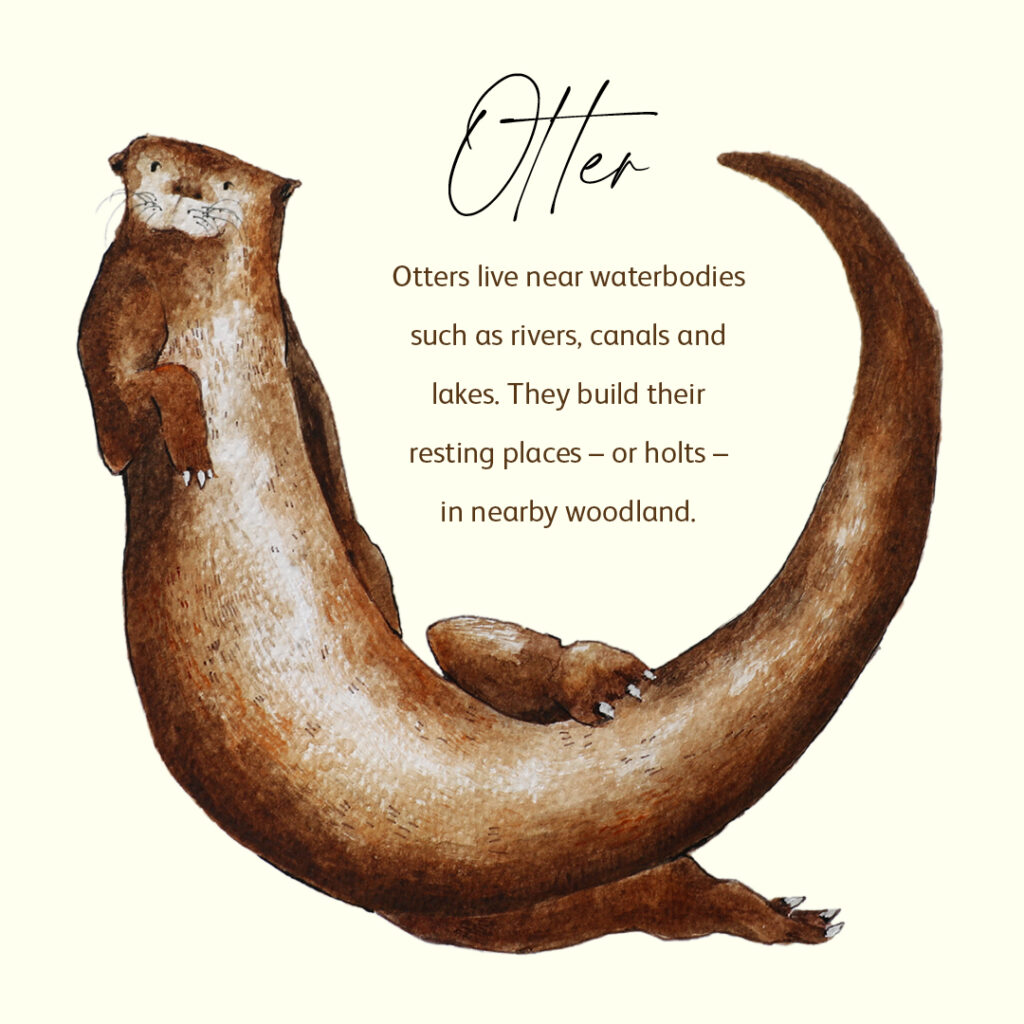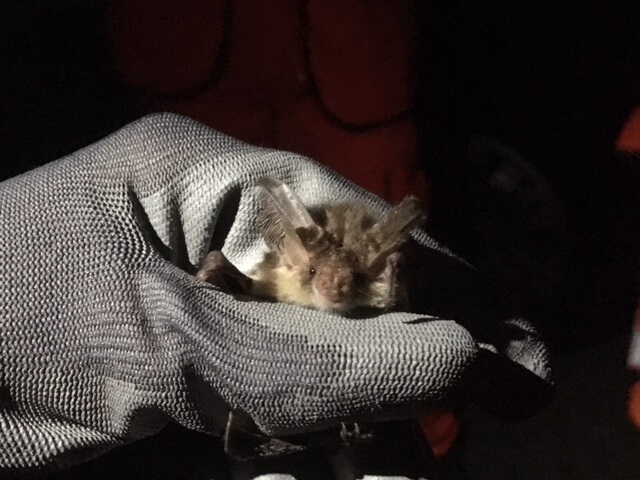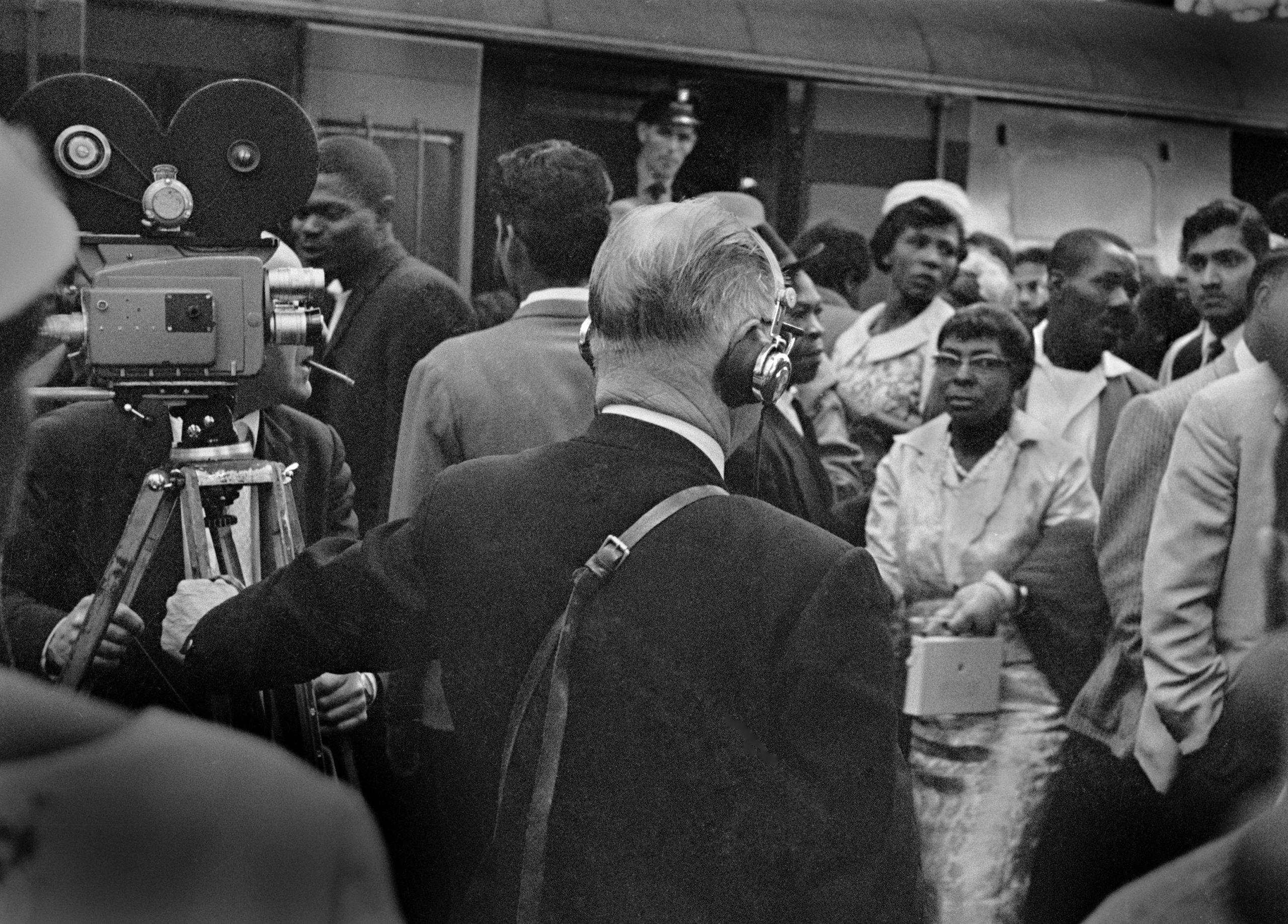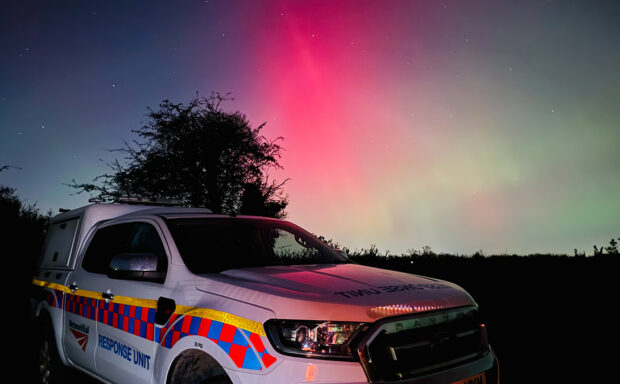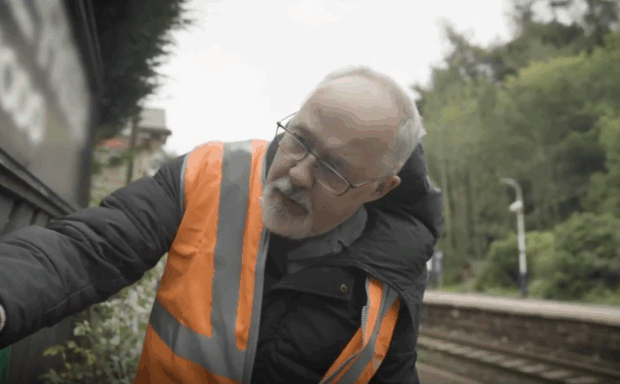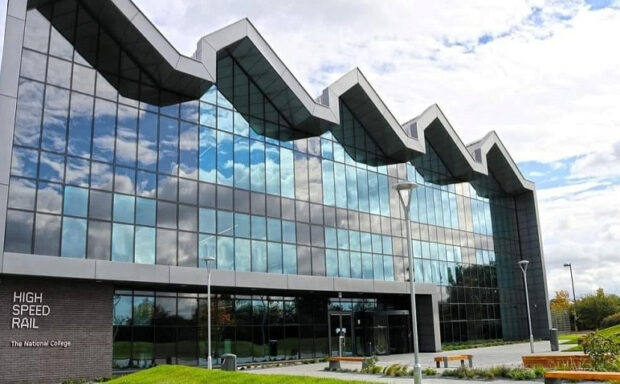We find many protected species around the railway, from bats to great crested newts.
That’s because we’re one of the biggest landowners in Britain and our property spans a wide range of landscapes and habitats. It’s our responsibility to do our best to protect the wildlife that’s made its home on the railway while we carry out our work.
The railway plays a vital role in connecting fragmented wildlife habitats across our countryside, reducing disturbance to our neighbours, and capturing carbon through our six million trees.
That’s why our ambition is to let nature flourish. We’ve committed to continuing to look after plants and wildlife by protecting and maintaining their habitats and creating new ones to increase biodiversity. It’s part of our environmental sustainability strategy.
Read more:
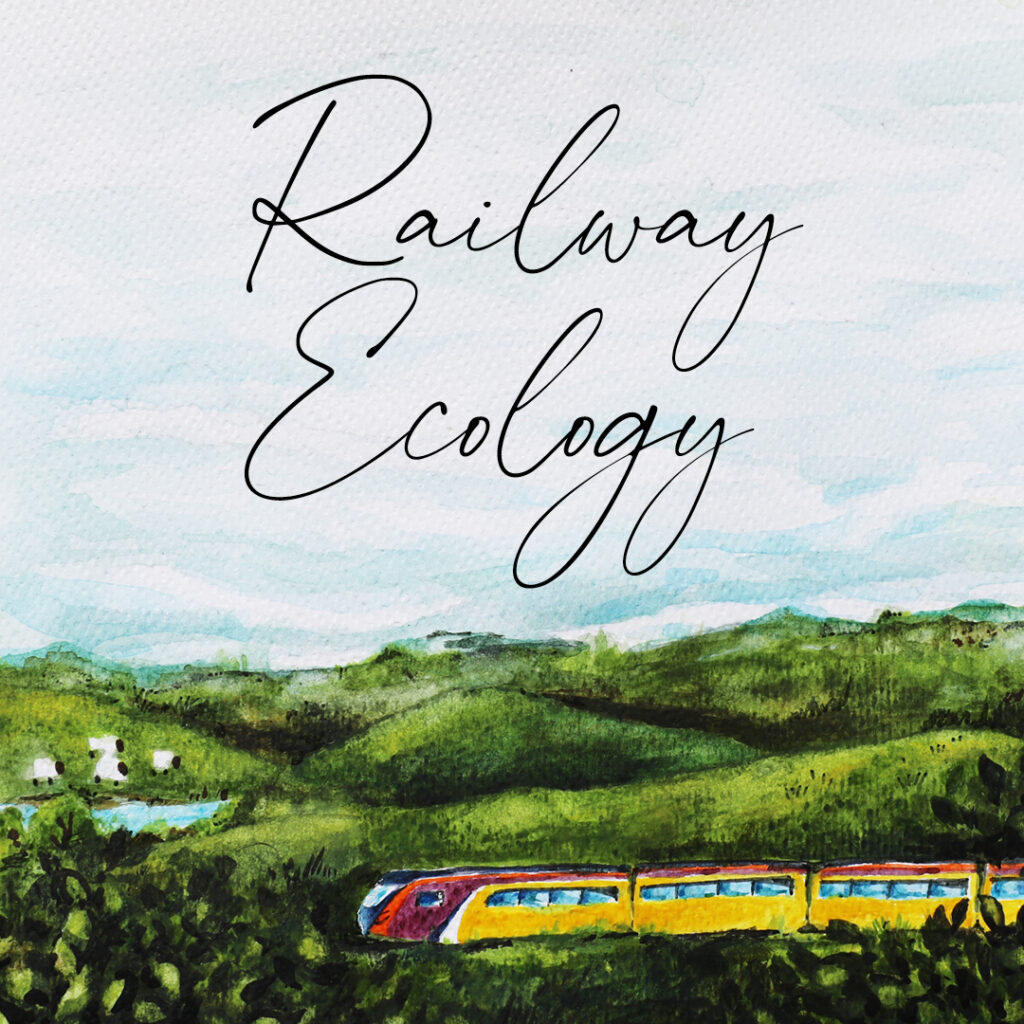
Take a look at just some of the animals we frequently find around the railway …
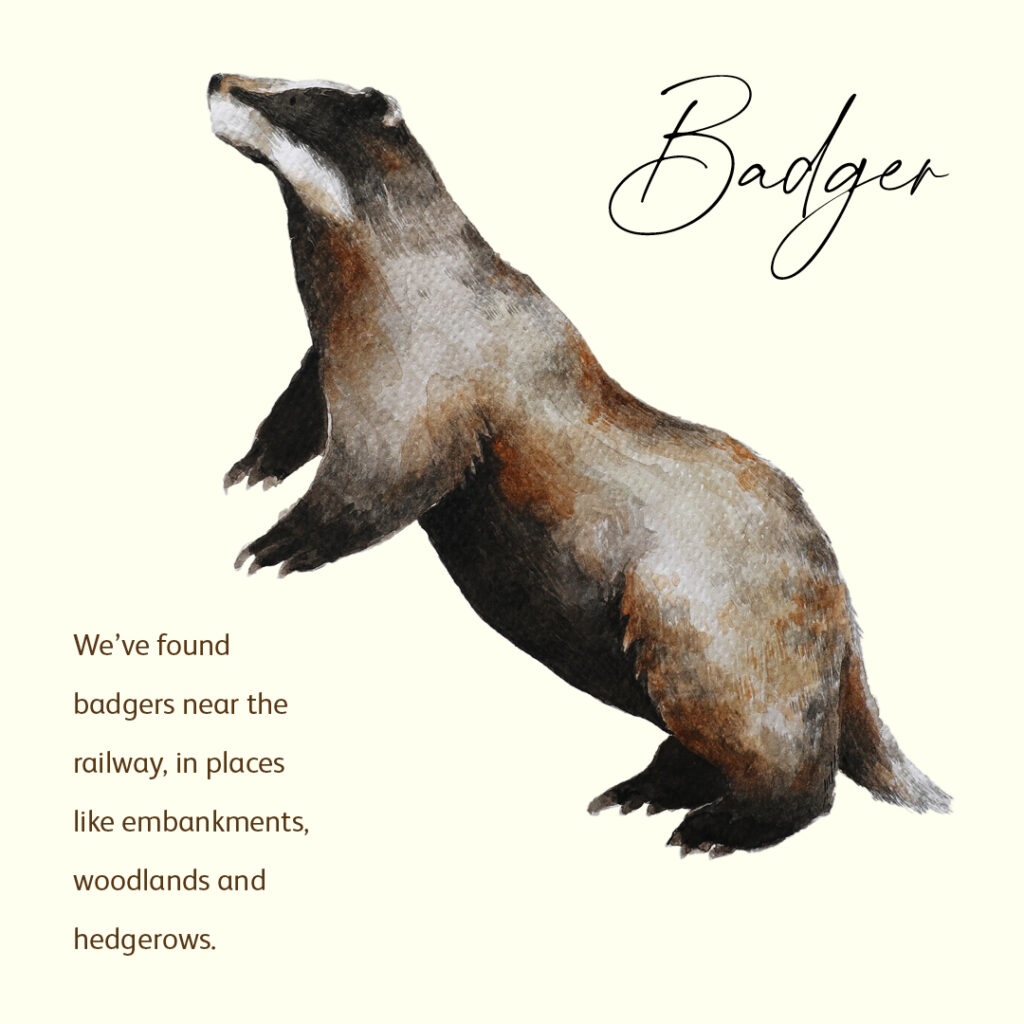
Badger
We’ve found badgers near the railway, in places like embankments, woodlands and hedgerows.
We came up with a new way of protecting badgers living by the railway while keeping an upgrade project on track.
In summer 2016, we had put in place structures between London Liverpool Street and Southend Victoria, which would carry new overhead electricity lines to make the railway more reliable for your journeys.
The structures needed deep foundations to install the gantries supporting the overhead wires – work that could have threatened badger setts in the area.
It’s standard practice to carry out an ecology survey during the early stages of a project like this. However, rather than using the information to apply for a licence to move the badgers, we sent details from the survey to the project team so designers could decide where we should build the foundations – leaving the badgers unaffected.
Great crested newt
Great crested newts breed in ponds but spend a lot of time in habitats like grasslands, woodlands and hedgrows.
During the winter of 2019 to 2020, we rebuilt embankments in Cookspond in Sussex and Edenbridge in Kent that had failed after diverse weather.
Detailed ecological surveys showed there were protected species at each site – great crested newts at Edenbridge and dormice and bats at Cookspond.
Our environmental specialists worked closely with government adviser Natural England and local authorities to ensure the engineering work caused minimal disturbance to the protected species.
We also ensured the relocation of the newts found at Edenbridge.
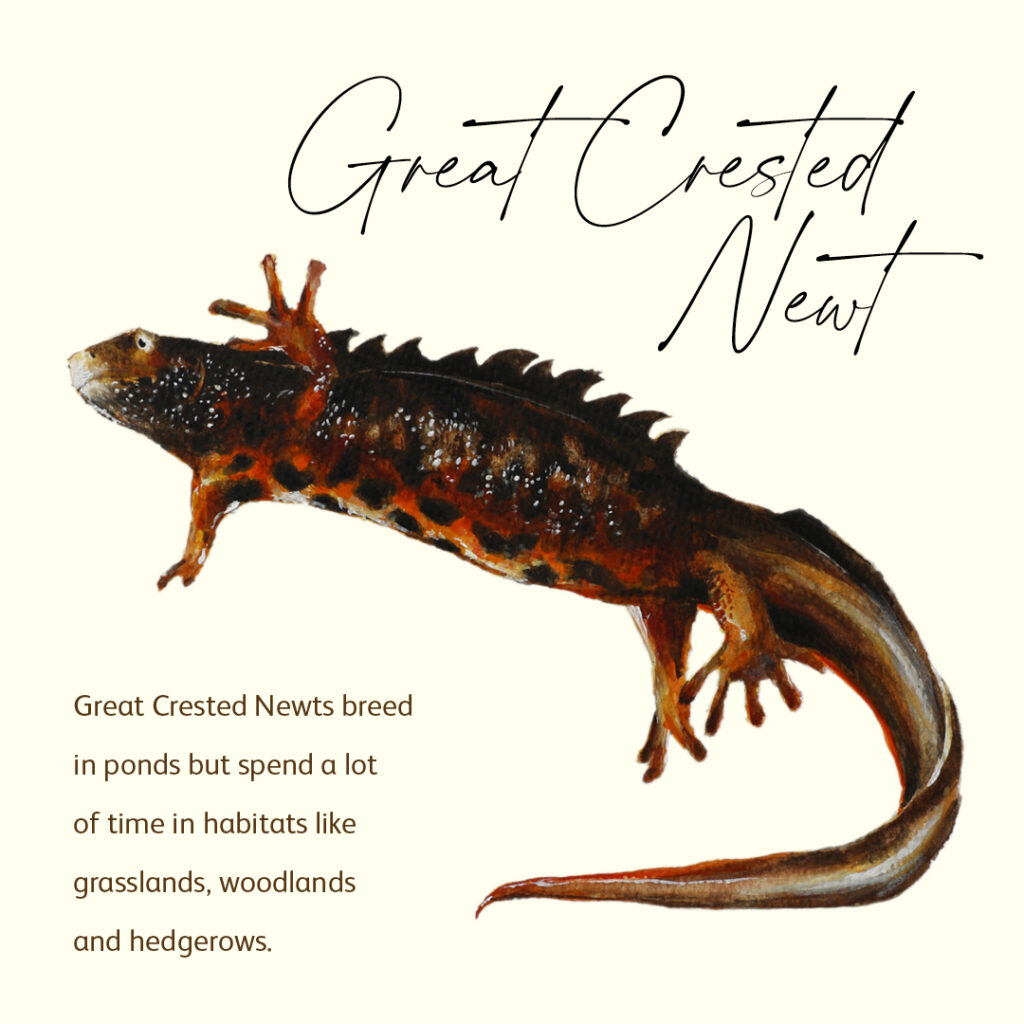
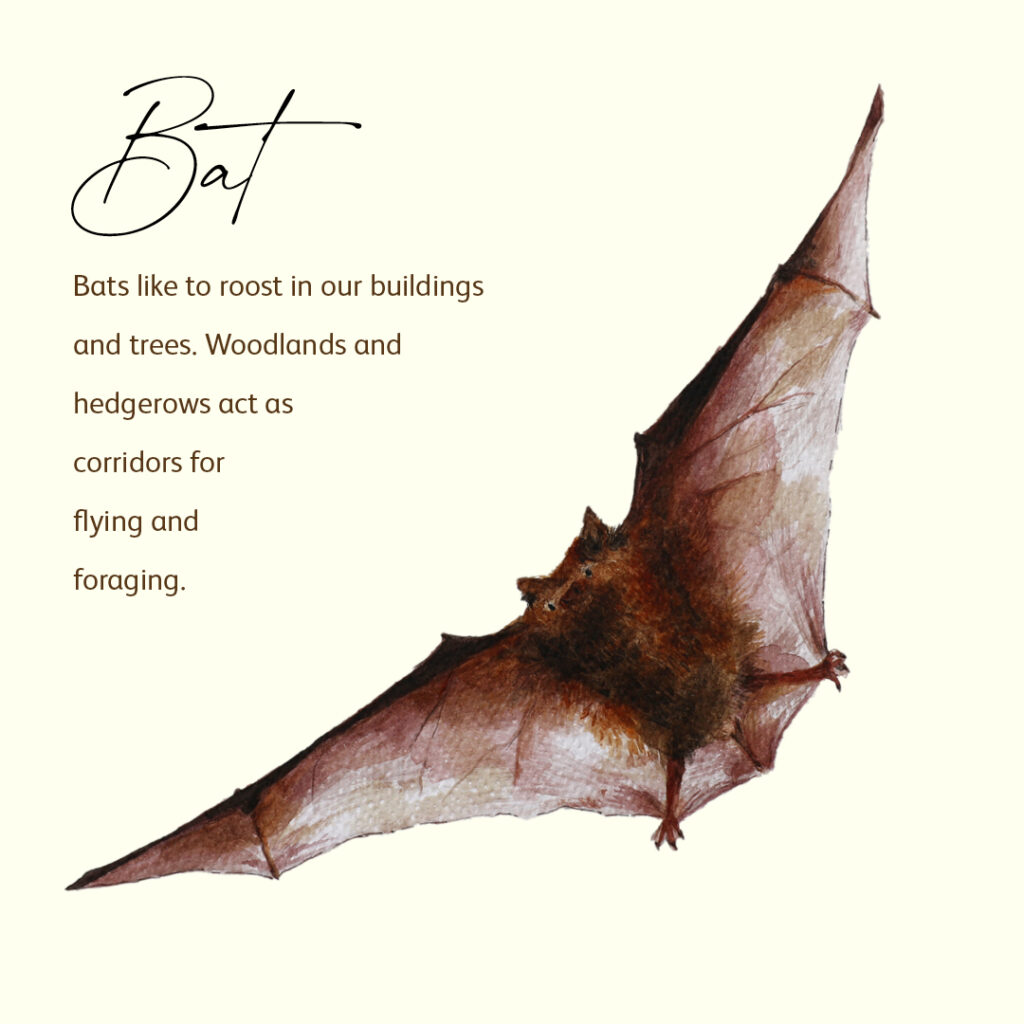
Bat
Bats like to roost in our buildings and trees. Woodlands and hedgerows act as corridors for flying and foraging.
Bats follow the landscape using echolocation – finding objects through the reflection of sound – to identify their route of travel, and the railway provides a linear pathway through towns.
The railway differs from roads in that busy motorways are so wide and brightly lit that they can provide a barrier to the movement of bats through and across the landscape.
The vegetation along the railways may also provide good foraging and roosting habitat for a variety of species.
Otter
Otters live near waterbodies such as rivers, canals and lakes. They build their resting places – or holts – in nearby woodland.
Otters were among the species relocated as part of a big plan by East West Rail to protect habitats disrupted by the new railway linking Oxford with Cambridge.
The plans for the construction between Bicester, Bletchley and Milton Keynes committed to restoring the habitats and creating 10% more so wildlife, trees and plants could thrive in future.
The initiative created two artificial otter holts. It also relocated species including badgers, bats, butterflies, reptiles and amphibians including great crested newts.
